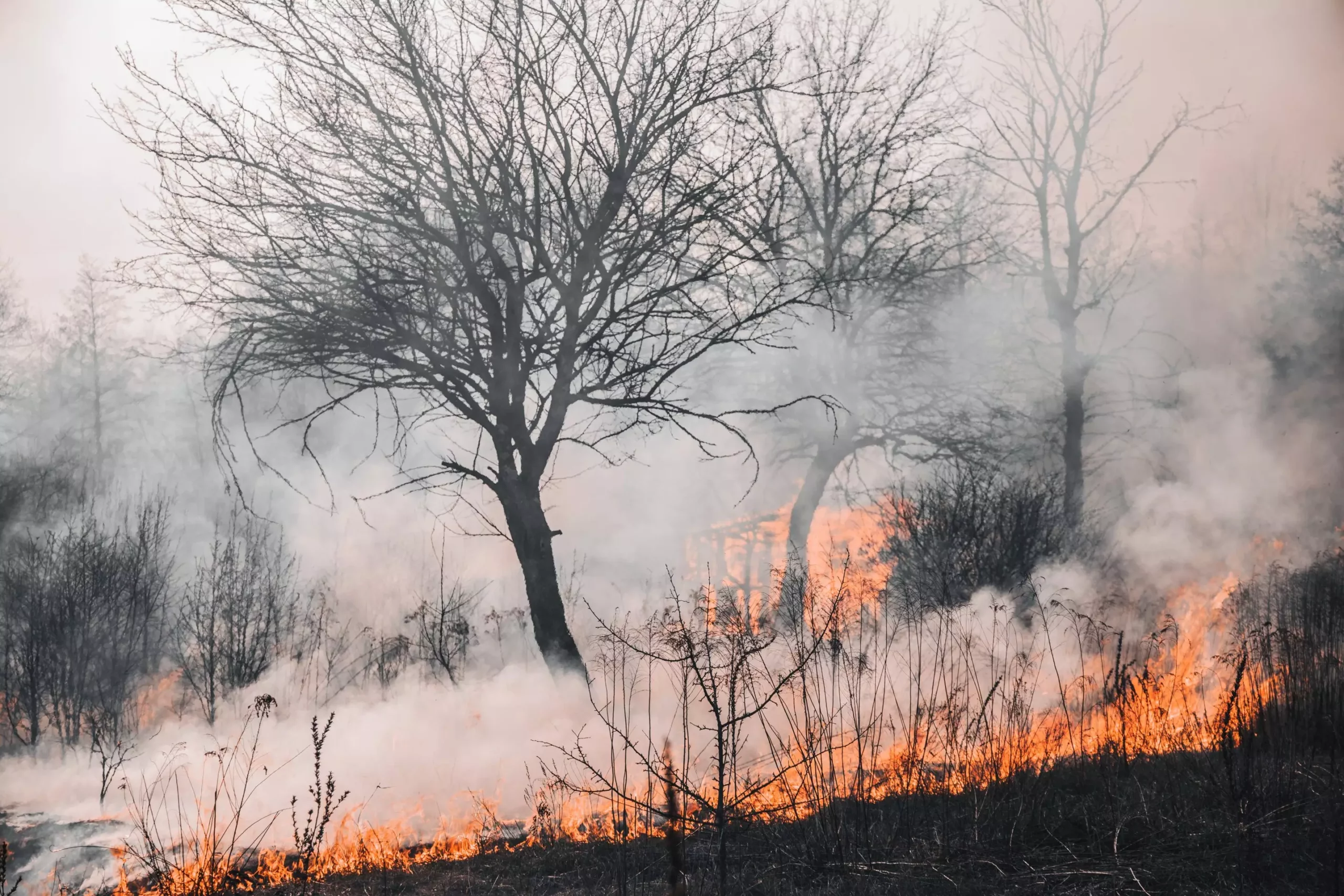Recent research conducted by an international team from China, Germany, and the United States underscores a striking revelation: enormous wildfire events are intricately linked to the chemistry of our planet’s ozone layer. The findings, published in *Science Advances*, highlight the ramifications of wildfires, particularly the overwhelming Australian bushfires of 2019 and 2020, on atmospheric processes that we are only just beginning to comprehend. As the ozone layer—a crucial defense against harmful ultraviolet (UV) radiation—has shown signs of healing thanks in part to the Montreal Protocol, the stability of this protective barrier faces unprecedented challenges brought on by climate-induced catastrophic events.
The Role of the Montreal Protocol and Ongoing Recovery
Established in 1987, the Montreal Protocol has long represented a monumental step forward in global environmental policy. This international treaty successfully curbed the production of substances that deplete the ozone layer, resulting in measurable improvements over the decades. However, while the world celebrates the ozone layer’s recovery, there lurks an emerging threat from natural disasters such as wildfires, underscoring the necessity for continued vigilance. The new data reveal that, following the catastrophic bushfires in Australia, the concentrations of stratospheric aerosols—the tiny particles that play a pivotal role in ozone dynamics—dramatically spiked, altering the functioning of the atmosphere.
The Emergence of the Smoke-Charged Vortex Phenomenon
A key focus of this groundbreaking study is the novel phenomenon referred to as the Smoke-Charged Vortex (SCV). This powerful, smoke-laden whirlpool acts as a conveyor belt, transporting wildfire emissions high into the stratosphere, sometimes reaching altitudes of 35 kilometers. Prof. Hang Su from the Chinese Academy of Sciences poignantly described the SCV as responsible for at least a doubling of the aerosol burden in the southern hemisphere’s middle stratosphere. The study demonstrated how these aerosols initiate complex reactions that can have both deleterious and beneficial effects on ozone concentrations, depending on their altitude within the stratosphere.
At lower altitudes, the contribution of aerosols from wildfires led to a significant loss of ozone, while at higher elevations, enhanced chemical reactions sparked an increase in ozone levels. This duality reflects a complicated interplay within the layers of the stratosphere that had previously evaded scientific understanding. The realization that aerosols can contribute to both depletion in one area and enhancement in another speaks volumes to the complexities of atmospheric chemistry.
The Significance of Findings: A Call for Continued Research
The implications of this research extend far beyond mere academic interest. It speaks to the pressing need for continued vigilance in our approach toward environmental policy and climate change mitigation. Wildfire-induced aerosols have revealed a transformative mechanism that, once fully understood, may inform future strategies aimed at protecting the ozone layer. Prof. Yafang Cheng from the Max Planck Institute for Chemistry emphasized the importance of recognizing the longevity and influence of smoke-charged vortices, which can last for months and affect atmospheric conditions over vast distances. As climate change continues to escalate and wildfires become more frequent, the formation of SCVs poses a risk to the delicate balance of our atmosphere.
Furthermore, this study reinforces the necessity of integrating real-time data and advanced modeling techniques in atmospheric science research to foresee potential disruptions in ozone dynamics due to natural climactic events. As we come to terms with the repercussions of climate change, understanding the interconnectivity between wildfires and stratospheric chemistry is vital for policymakers and environmental scientists alike.
Challenges Ahead: Facing a New Reality
With the emergence of such complex atmospheric phenomena, it becomes increasingly clear that the road ahead will not be easy. Even as we celebrate the successes achieved under the Montreal Protocol, the reality remains that ongoing climatic shifts are reshaping our atmosphere in unexpected ways. As we forge ahead, the dialogue around environmental action must evolve to include diverse factors influencing the ozone layer and, by extension, life on Earth. Whether through further interdisciplinary studies or strengthened global cooperation, the quest for resiliency in the face of climate change insists that we remain ever-watchful of our atmospheric companions—the wildfires that threaten to disrupt the fragile equilibrium of our planet’s protective systems.


Leave a Reply